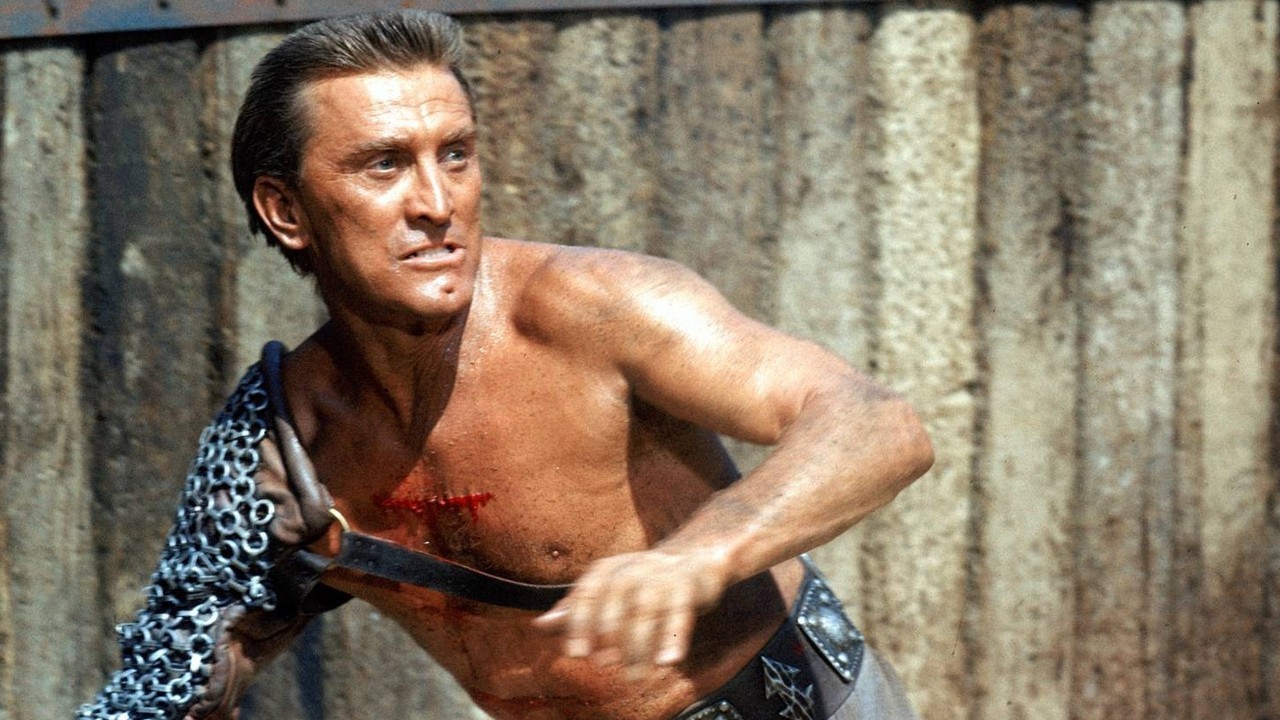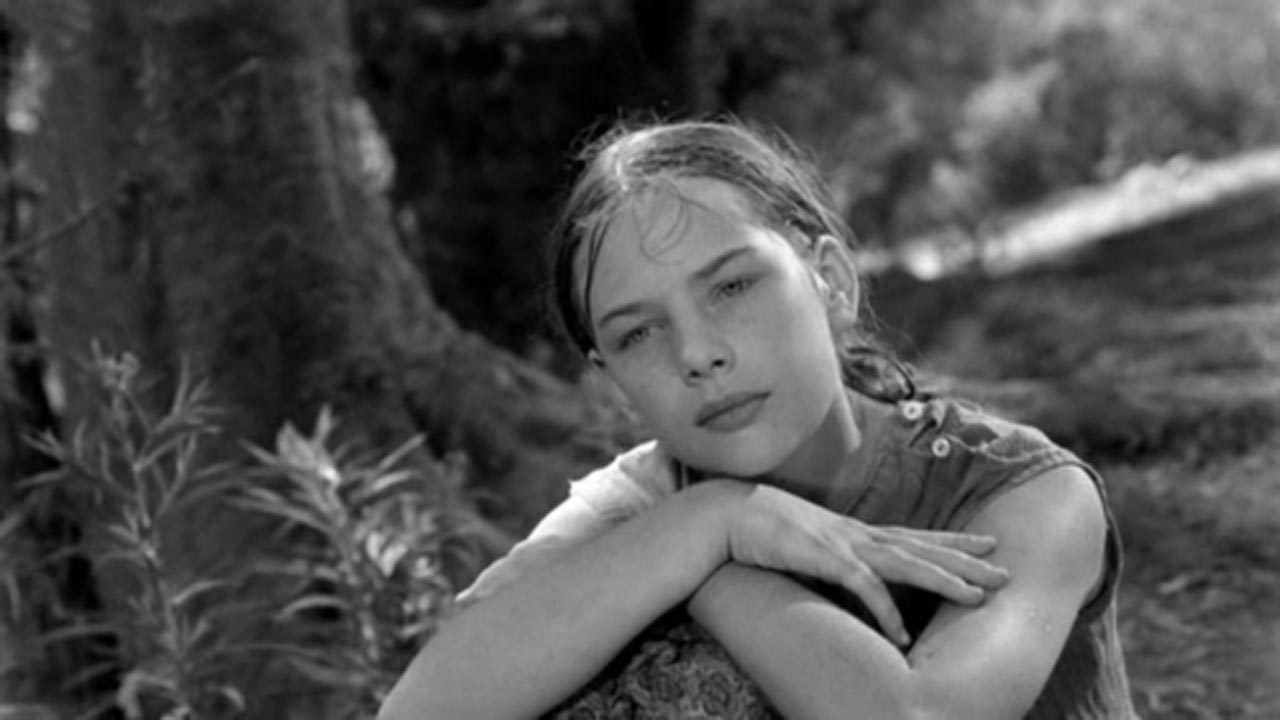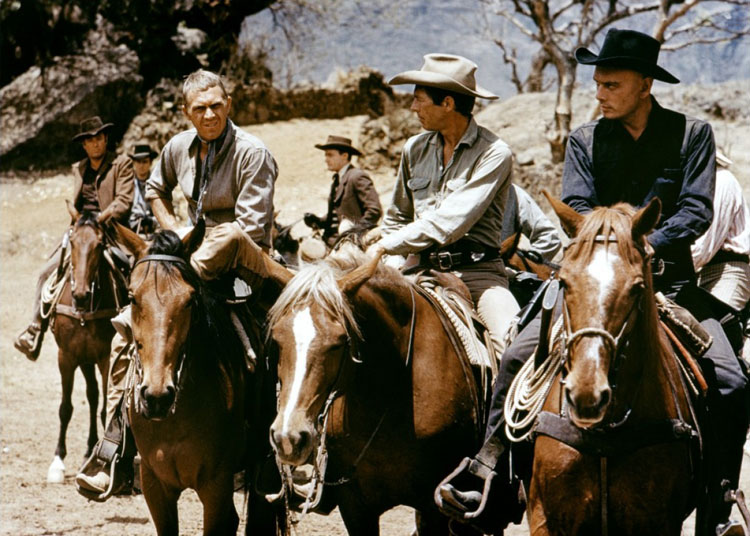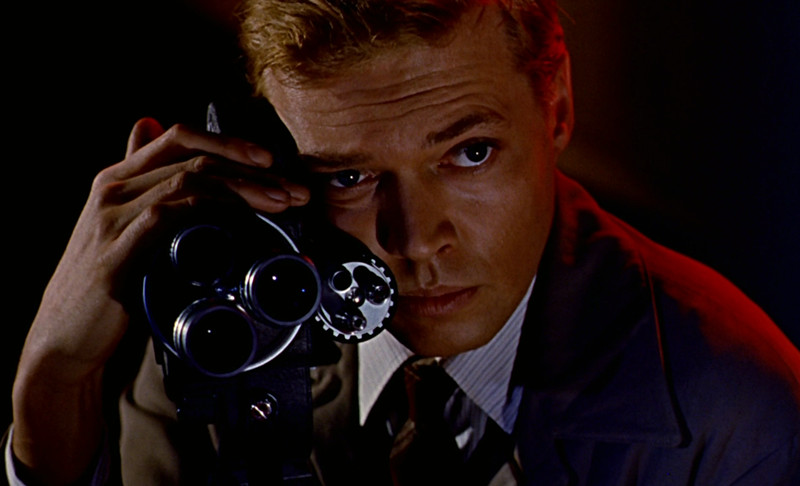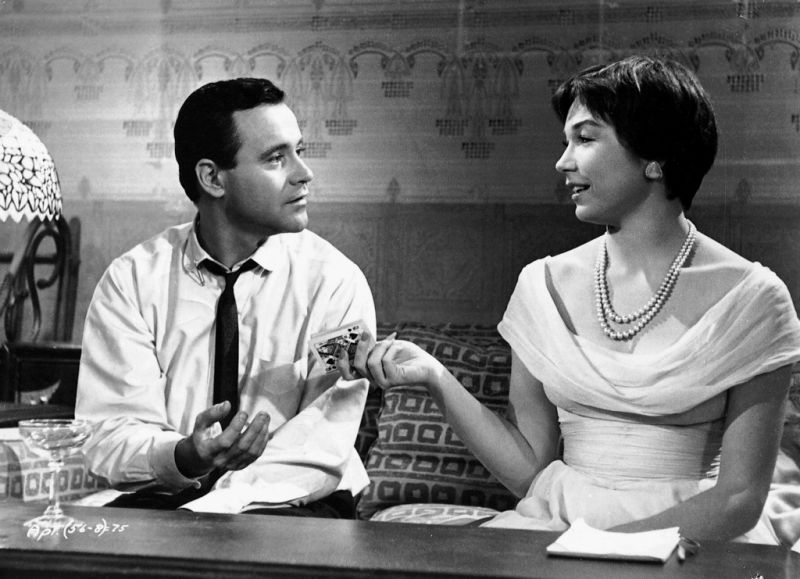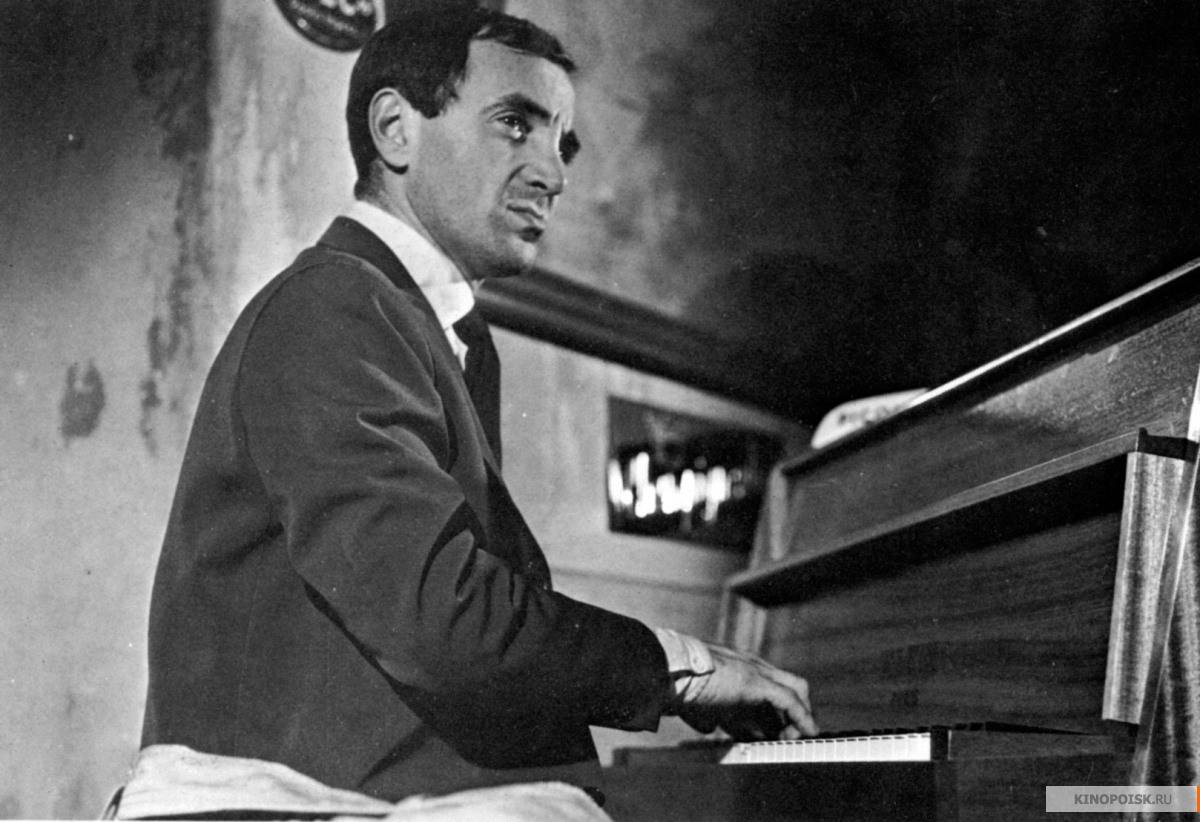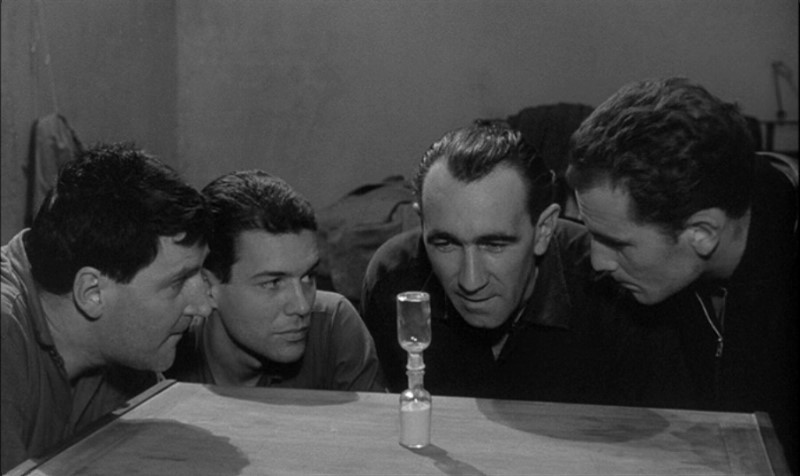14. Spartacus (Stanley Kubrick)
Kirk Douglas was judge, jury and executioner on this film. That might be why he fired director Anthony Mann after a few weeks of shooting, bringing in the young Stanley Kubrick. Douglas and Kubrick made the heartbreaking war film “Paths of Glory” three years earlier and had a good collaboration.
This was not the case on the set of “Spartacus” as he had a difficult time with Kubrick and vowed never to work with him again. He felt such remorse about his decision to change directors that he only agreed to do “The Heroes of Telemark” if Anthony Mann would direct.
Difficult or not, this does not show onscreen as “Spartacus” remains even today a powerful historical epic made by one of the greatest directors of all time (after a screenplay by blacklisted writer Dalton Trumbo) with one of the most popular actors of all time in the leading role.
Everyone knows the story of Spartacus, the Thracian slave turned revolt leader, but Kubrick and Douglas managed to bring new dimensions to the story making it gripping in all of its 3 hours and 15 minutes.
The film is cohesive, arresting and bursting with great performances by A-list actors of the time. The screenplay is surprisingly economical, with sharply drawn characters placed against the sweeping historical majesty and violent sociological tumult of ancient Rome. Overall, it is a most entertaining and inspiring movie.
13. The Young One (Luis Bunuel)
Looking back now, it’s hard to believe that Luis Bunuel made American movies. His style was just so different then what American cinema is used to. Still, Bunuel made two American films and this is his second and last one. “La Joven” or “The Young One” deals with issues of racism and rape, against a complex portrayal of two men, each of whom show both good and evil.
More to the point, it tells the story of a young Black jazz musician who seeks refuge on a remote in order to escape rape accusations brought against him and the lynch mob formed in light of these accusations. On the island, he meets beekeeper Miller and a young woman named Evalyn. The two men eventually wind up competing for the affections of young Evalyn bringing out the heavy artillery in order to win.
Bunuel manages to create really believable characters. You really believe in all these characters; they are multi-dimensional and historically and psychologically valid. Bunuel has been called cynical and cruel but his works to this film’s advantage. “The Young One” is a must-see film, if there ever was one. It makes all other films about racism and the corruption of innocence look like amateurs.
12. The Magnificent Seven (John Sturges)
Long live Akira Kurosawa and his powerful films that have inspired filmmaker from all over the world. “Seven Samurai’ and its American remake “The Magnificent Seven” is one of those rare cases where both the original and the remake are remarkable films.
In the American version, Kurosawa’s samurai story moves to the Wild West where we find a Mexican village terrorized by bandits. The villagers hire seven American gunslingers to defend them and each of the men accepts the job for their own reasons.
Although it is less dark and reflective than “Seven Samurai”, the movie has a lot going for it, not the least of which is Elmer Bernstein’s very fitting scoring of every scene. There is some truly superb cinematography in this film (the crossing of the stream by the seven men, the ride of the bandits through the village) and very well-planed stagings of some key scenes – the first face-off between the hero Chris and the villain Calvera.
“The Magnificent Seven” came in a time when the western genre was declining and its success took everyone by surprise. Like any successful movie in America, it spawned three sequels, each one worse than the other. But make no mistake; the first film is really, really great.
11. Peeping Tom (Michael Powell)
In its day, “Peeping Tom” was so controversial and has had such an extremely harsh reception by critics that it effectively destroyed Michael Powell’s career as a director. However, it attracted a cult following ever since and in later years, it has been re-evaluated and is now considered a masterpiece.
The film revolves around Mark Lewis, filmmaker and photographer by day, serial killer by night. Lewis spends his days searching for the right females for his study-films about fear. He takes his study to a totally different level when he murders these women in order to capture, with his camera, their dying expressions thus transforming his films into something 100% pure.
“Peeping Tom” is one of the few films that still have the power to shock all these years on. It has been often compared to Psycho (released the same year) in terms of shock value with some people preferring it to the Hitchcock classic. Carl Boehm is excellent as the killer whose entire outlook has been skewed by his father’s experiments.
Also impressive is Anna Massey as the killer’s fragile and unsuspecting fiancée. Powell directs the film brilliantly, using bold and dazzling colors to disguise the horrific atrocities that punctuate his film. It is understandable that the film was met with revulsion and rejection at that time, but in retrospect, it is a film of real importance and power.
10. The Apartment (Billy Wilder)
“The Apartment” is probably one of the last classic Hollywood films that really made an impact on viewers and critics alike. It is nothing short of a comedic masterpiece directed brilliantly by Billy Wilder and acted like-wise by Jack Lemmon and Shirley MacLaine. The plot is very simple.
Bud Baxter (Jack Lemmon), a struggling clerk in a huge New York insurance company, discovers a quick way to climb the corporate ladder – he lends out his well-positioned New York apartment, to the executives of his company, as a place to take their mistresses. When he finds out that his boss’ mistress is a woman he too has a crush on he must find a way to solve this peculiar romantic dilemma.
“The Apartment” is not a mindless comedy as it does touch some serious issues like commitment, flexibility and love over success. The dialogue is – as is always true with Wilder – very finely crafted, yet it seems very natural. This film is a remarkable display of the kind of reactions any of us would offer in similar situations. Interestingly, our two protagonists are also wonderfully imperfect as human beings – Lemmon and MacLaine bear some responsibility for the very serious situations they’ve gotten themselves into.
9. Tirez sur le Pianiste (Francois Truffaut)
This is one of Truffaut’s more unconventional films in terms of storytelling and editing. It uses flashbacks and non-linear narration just for fun. It seems to have been Truffaut’s aim to make fun of the American noir detective films.
It stars famous French singer Charles Aznavour as Charlie Kohler, a piano player in a bar. Charlie keeps mostly to himself and doesn’t seem to notice the advances of Lena the waitress. As one might have suspected there is more to Charlie than meets the eye – he was once a virtuoso of the piano who gave it up after his wife’s suicide. Now Charlie finds himself once again in trouble after one his brothers – a small time crook – takes refuge from gangsters in his bar.
The film is melancholic, poignant and features a great deal of juxtaposition of humor. Although the film is viewed now as a classic it was universally panned at the time of its opening – the reviews were so bad that the discouraged Truffaut would never make such a daring film again and sticked to the formula that made his successful.
8. Le Trou (Jacques Becker)
With a very simple plot, “Le Trou” manages to wow its audience from start to finish. Four prisoners, with long sentences ahead of them, are determined to escape by digging a tunnel. While a new convict named Gaspard is put into their cell, they have no choice but to fill him in on their plan. At first, he shows great enthusiast and gets heavily involved in the getaway but it will soon be revealed that Gaspard has his own agenda to think about.
A brilliant idea that the film brings to the table is to show how the inmates turn common objects and waste iron into the tools needed for the escape (a key, a lamp, a pick, a sand-glass). Also ingenious is the way they setup a way of telling time where there are no clocks or church bells. The implication of these details is that the working class has the mind, the manual dexterity and the willingness to work and to build our own civilization.
Meanwhile, the bourgeois is astonished at how these simple men are able to organize and think for themselves. It is just this solidarity and mutual support that Jacques Becker believes represents an alternative way to organize human society. Thus, the movie becomes more than a prison break film.
